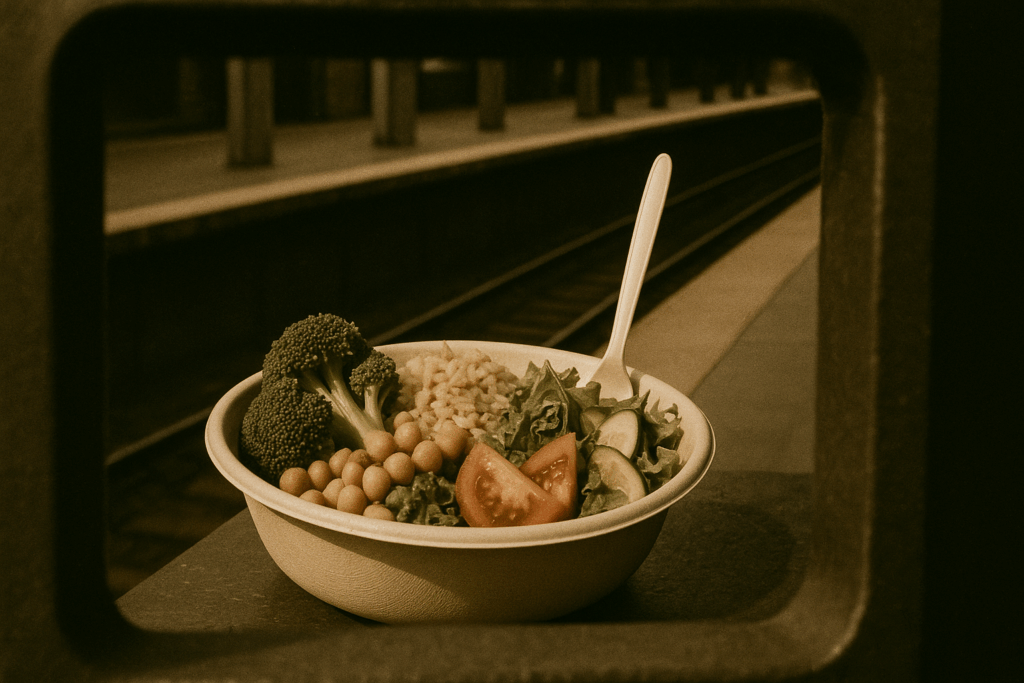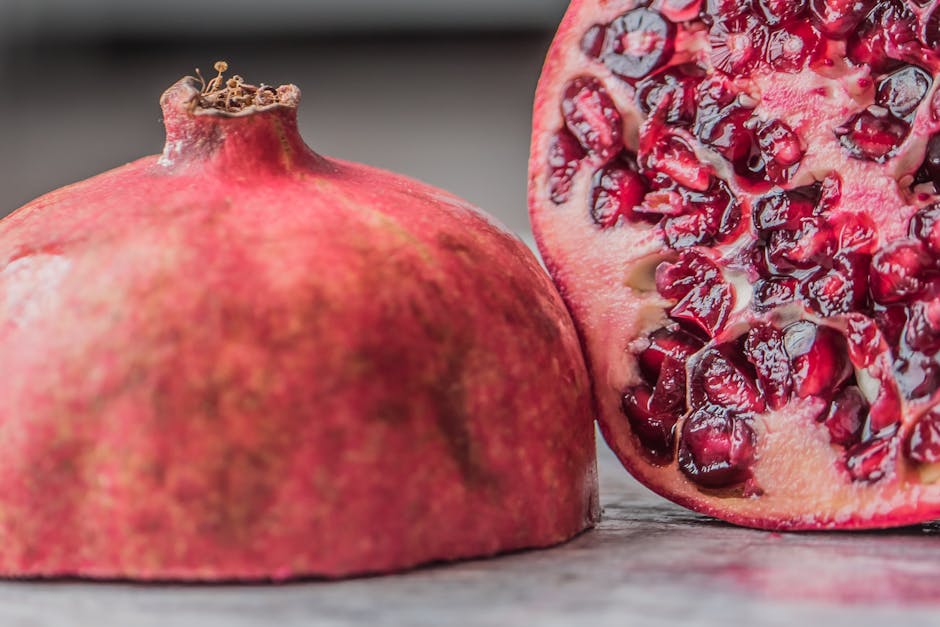Why Everyone’s Talking About Plant-Based Eating
What started as a niche interest has gone full-blown mainstream. Plant-based eating isn’t a fringe lifestyle anymore—it’s part of the weekly grocery list for millions. Between 2020 and 2023, plant-based food sales in the U.S. surged over 30%, and global forecasts now expect the market to exceed $77 billion by 2025. This isn’t a short-lived food fad; it’s a broad shift in how people think about eating.
A mix of cultural, environmental, and health factors have fueled the rise. Documentaries and social media brought plant-based living into the spotlight, while younger generations—especially Gen Z—are far more diet-conscious and climate-aware. They’re asking harder questions about where food comes from and what it does to their bodies and the planet.
The conversation is bigger than tofu. With rising concerns about chronic disease, the meat industry’s carbon footprint, and food accessibility, more people are turning plant-forward—not necessarily vegan, just more plant-focused. Major food manufacturers and even fast-food chains are adjusting their menus. Think: oat milk in your drive-thru coffee and pea protein in your taco.
In short: the food industry is shifting, consumers are on board, and plant-based eating has crossed the line from trend to norm.
What “Plant-Based” Really Means
Let’s clear something up: plant-based doesn’t automatically mean vegan. That’s the biggest misconception.
“Plant-based” is more of a spectrum than a rulebook. At its core, it means a way of eating that prioritizes whole or minimally processed plant foods. Think fruits, vegetables, grains, legumes, nuts, and seeds. It doesn’t always mean cutting out animal products completely—it just means they’re not the focus of the plate.
There are a few common approaches under the plant-based umbrella:
- Flexitarian: Mostly plant-based, but still includes meat or dairy now and then. No strict lines, just a shift toward plants.
- Vegetarian: No meat or fish, but often includes eggs and dairy.
- Vegan: 100% plant-only. No animal products at all—sometimes not even honey.
The key difference between plant-based eating and, say, keto or paleo, is the purpose and structure. Keto leans on high fat and low carbs. Paleo cuts out grains and legumes. Plant-based isn’t about macros or food group elimination—it’s about choosing foods that come from the ground, not a factory or a feedlot.
It’s not a fad or cleansing gimmick. It’s about building meals around ingredients that fuel better health, lower environmental impact, and reduce reliance on animal agriculture.
Bottom line: Going plant-based doesn’t have to mean going all-in—just more in the direction of plants.
Core Benefits You Shouldn’t Ignore
Plant-based diets are gaining popularity for a reason—and it’s not just hype. From cardiovascular wellness to a happier planet, the benefits are both personal and global. Here’s a closer look at why more people are making the switch.
Health Advantages Backed by Science
Plant-based eating has been linked to a range of positive health outcomes. Numerous studies have highlighted how plant-focused diets can reduce the risk of chronic diseases and promote overall well-being.
Key health benefits include:
- Heart health: Lower intake of saturated fats and cholesterol supports better cardiovascular performance.
- Weight management: Diets rich in fiber and low in processed food promote natural weight control.
- Gut health: High-fiber foods feed beneficial gut bacteria, aiding digestion and immunity.
Environmental Impact That Matters
A plant-based lifestyle doesn’t just help your body—it helps the planet.
Environmental perks include:
- Lower carbon footprint: Plant agriculture generates fewer greenhouse gases than animal farming.
- Sustainable agriculture: Requires less water, land, and energy compared to meat and dairy production.
- Reduced pollution: Less strain on soil, waterways, and ecosystems.
Boosts to Mental Well-Being
While diet isn’t a cure-all, plant-rich meals may offer cognitive and emotional benefits that are hard to ignore.
Mental and emotional boosts may include:
- More consistent energy levels: Whole foods keep blood sugar steady, avoiding energy crashes.
- Better mood stability: Certain nutrients in plants (like folate and omega-3s from nuts and seeds) support brain function.
- Improved clarity and focus: Nutrient-dense eating may reduce brain fog and enhance concentration.
Switching to plant-based isn’t just about what you lose—it’s about what you gain in overall health, impact, and well-being.
The Protein Question—Answered
Let’s cut to it—yes, you can get enough protein on a plant-based diet. The panic about plants lacking “complete” proteins is outdated. Unless you’re surviving on iceberg lettuce and toast (don’t do that), you’ll hit your daily needs without too much effort.
Most plant-based eaters rely on the heavy hitters: legumes (think lentils, black beans, chickpeas), which are dense, affordable, and versatile. Tofu and tempeh are soy-based warriors—firm staples that give you solid protein counts and play nice in stir-fries, salads, or anything with a sauce. Quinoa, unlike many grains, is a complete protein on its own. Add nuts, seeds, and whole grains like oats and brown rice, and you’ve got a full amino acid profile across meals without having to obsess over combining foods.
The myth that you need to pair certain foods in the same meal to form complete proteins? Not true anymore. As long as your overall diet includes a variety of plant sources, your body patches together what it needs just fine.
Put simply: protein isn’t a problem. Planning is. Eat a mix, eat enough, and you’re covered.
What to Watch in 2024 and Beyond
The plant-based wave isn’t slowing down—it’s getting sharper, smarter, and more ambitious.
First, taste and texture are finally catching up to the hype. We’re seeing plant-based meats that grill, sear, and shred like the real thing. Dairy-free cheese and milks? Fewer aftertastes, better melt, froth, and creaminess. Brands aren’t just replicating. They’re refining. This isn’t about tricking meat-eaters anymore—it’s about giving everyone better choices.
Then there’s the tech side. Personalized meal-planning apps now tailor plant-based diets to your goals, allergies, and macronutrient targets. Nutrient trackers plug into your phone and catch the gaps in your intake before your energy dips. It’s not about being perfect. It’s about being aware—and easy tools are making that possible.
On the production front, things are getting vertical, quite literally. Urban vertical farms are pushing fresh greens into city centers with fewer pesticides and transport miles. Lab-grown proteins? They’re inching closer to the mainstream, with cleaner sourcing and ethical production baked in from day one.
The future of food isn’t a science project anymore. It’s on your shelf—or will be soon.
Bonus read: Emerging Superfoods and Their Benefits
Smart Tips for Getting Started
Plant-based doesn’t mean overnight overhaul. If you try to go from steak to soy in a day, you’re setting yourself up to quit by next week. Start simple: swap out milk for oat or almond. Try meatless dinners a few times a week. Build some go-to recipes you actually like—things you’ll crave enough to make again.
Stocking your kitchen is where momentum starts. You’ll want a basic foundation: canned beans, lentils, tofu, a few whole grains like brown rice or quinoa, and plenty of fresh or frozen vegetables. Keep some simple flavor boosters on hand too—nutritional yeast, soy sauce or tamari, tahini, garlic, and spices like cumin, paprika, and turmeric can take you far. Add a few plant-based condiments, like hummus or salsa, and a neutral oil like olive or avocado oil.
When people fall off, it’s usually because they go too hard, too fast—or build meals that don’t fill them up. You need bulk, fiber, fat, and protein to stay satisfied. Another common slip: ignoring labels. Just because something’s vegan doesn’t make it healthy. Look for whole ingredients, minimal processing, and avoid leaning too much on fake meats at the start.
Bottom line: ease in, stay curious, and don’t aim for perfection. Focus on progress, and your palate—and pantry—will adapt.
Bottom Line
Calling plant-based eating a trend seriously undersells what’s happening. This is a global shift—rooted in environmental urgency, smarter food science, and a growing awareness of how food affects physical and mental health. From high-performance athletes to midweek meal preppers, people are rewriting what eating well looks like.
If you’re just getting curious, you don’t need to go full vegan overnight. Start by adding, not subtracting. Try one plant-based breakfast a day, or swap meat for lentils once a week. Focus on whole foods and build from there. Taste, nutrients, and habit all improve with time—not pressure.
The key is balance. Don’t chase extremes or get lost in internet debates about soy or gluten. Pay attention to what makes your body feel good, stay aware of labels, and aim for variety. At the end of the day, this isn’t about perfection—it’s about progress and choosing food that works better for both you and the planet.


 Charles brings his sharp eye for detail and love of global cuisine to FoodHypeSaga. His writing dives into food culture, exploring fresh trends and unique flavors with a modern perspective.
Charles brings his sharp eye for detail and love of global cuisine to FoodHypeSaga. His writing dives into food culture, exploring fresh trends and unique flavors with a modern perspective.

